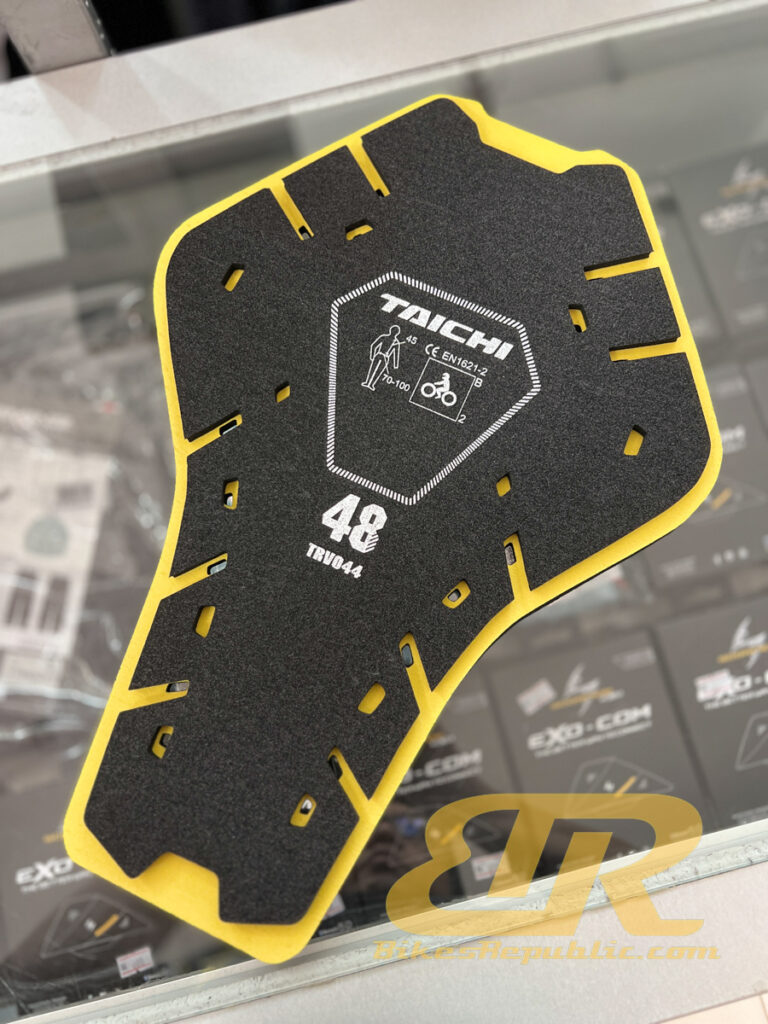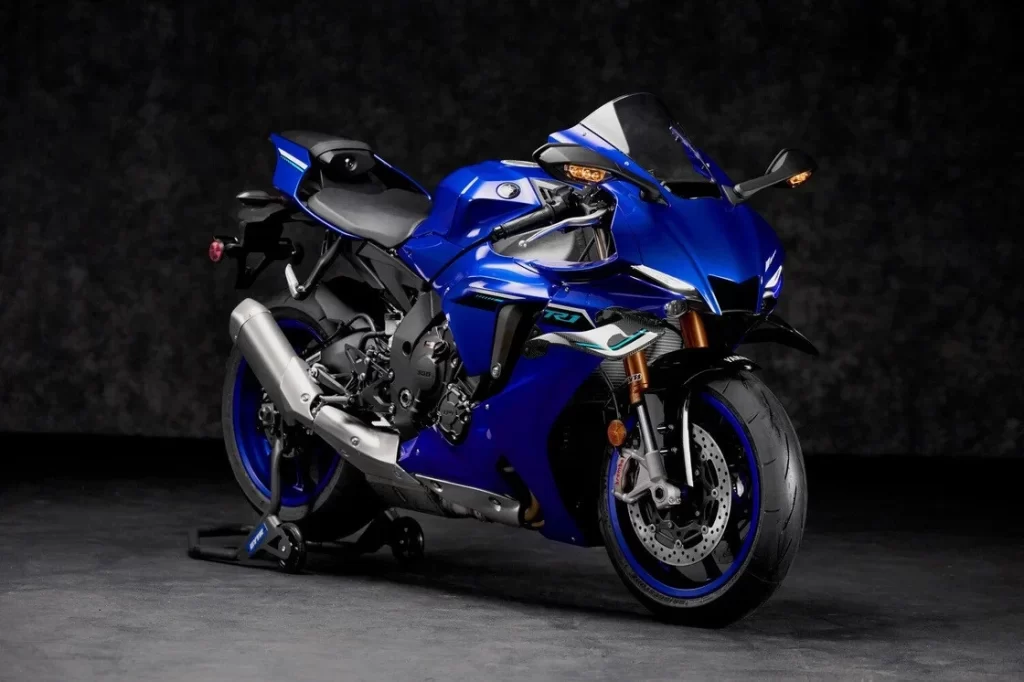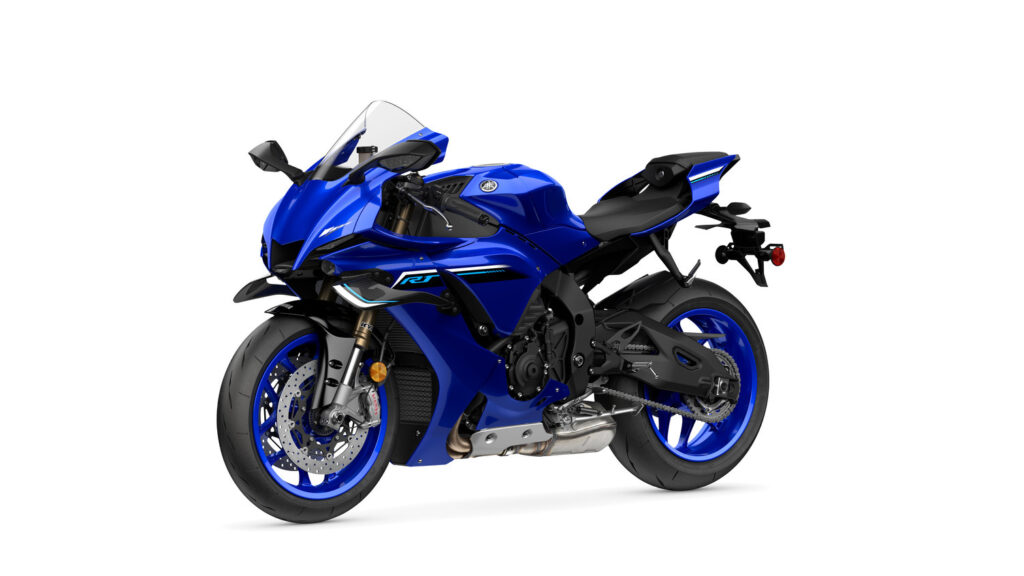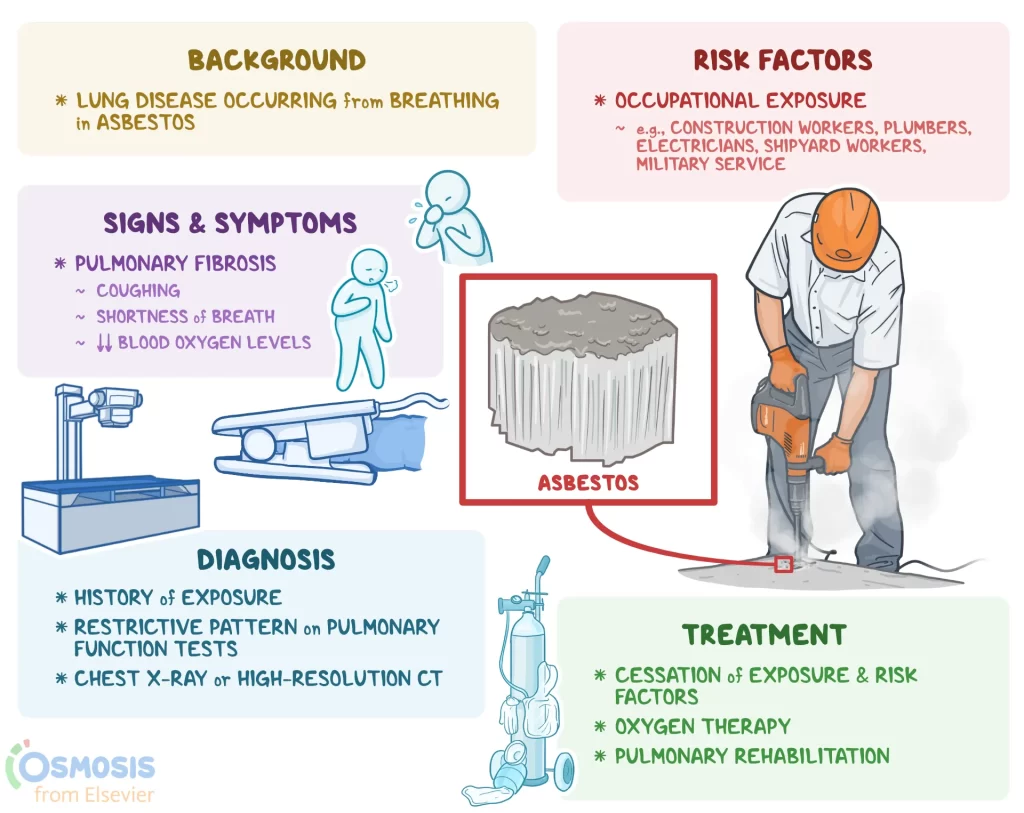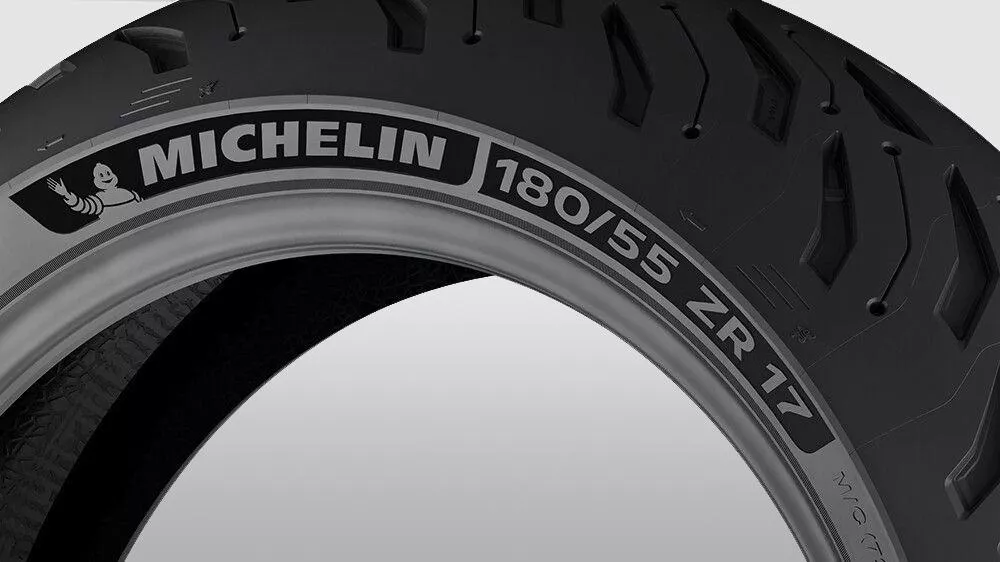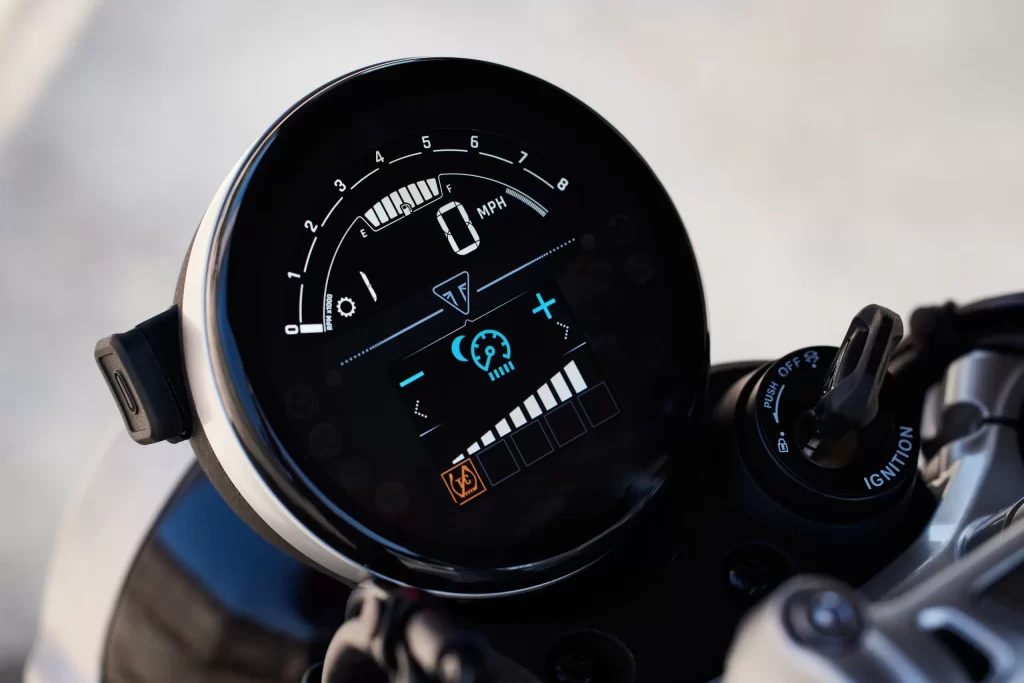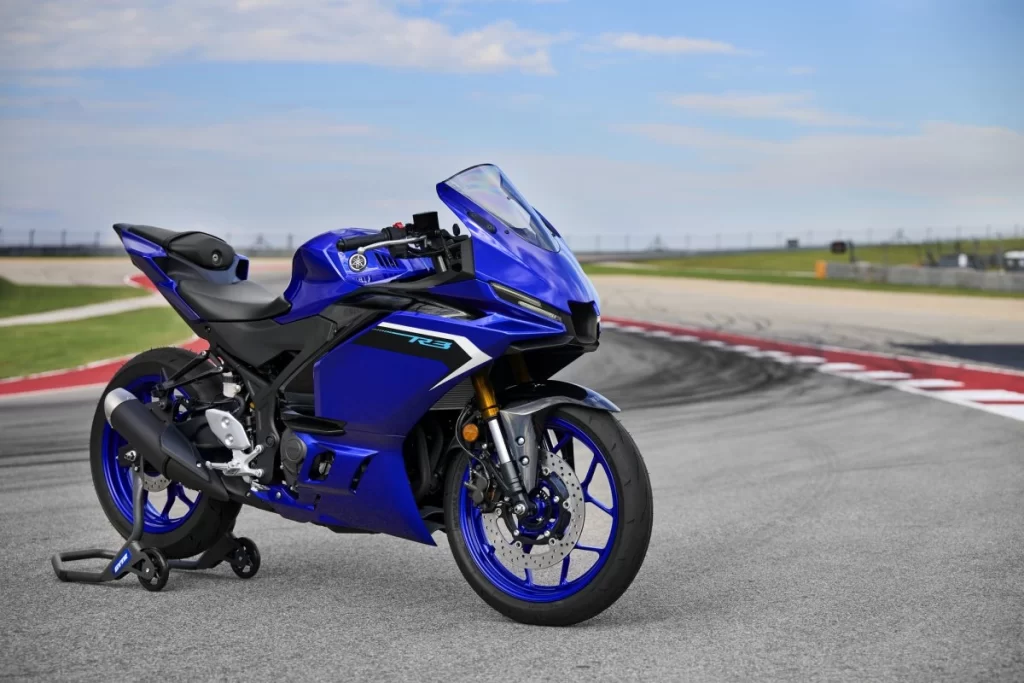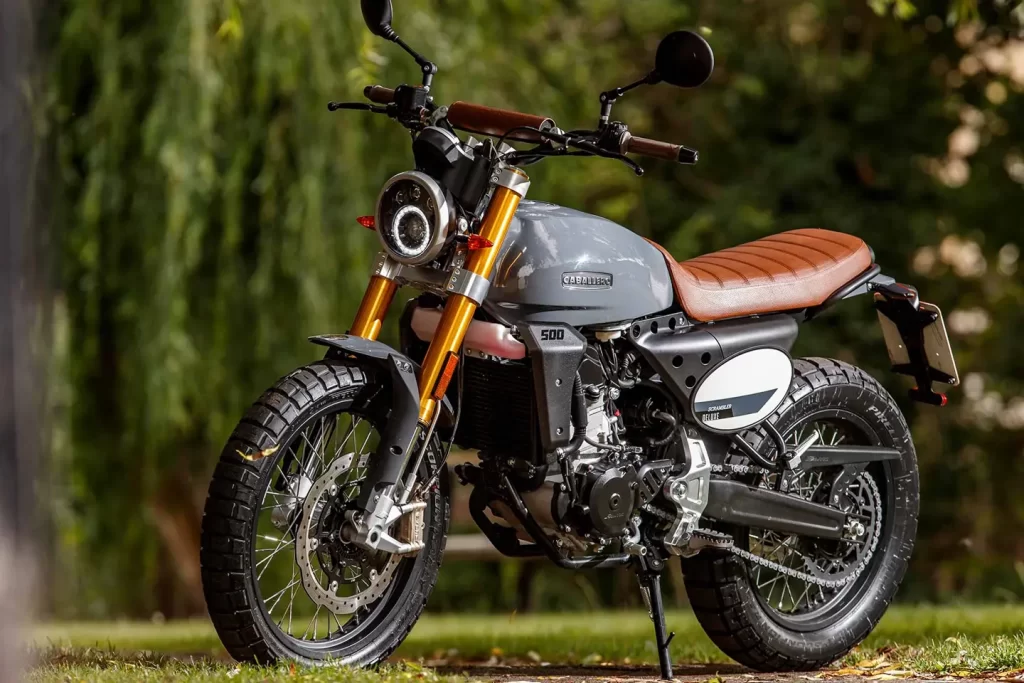The radial motorcycle tyre is so common now that almost no one gives a second thought to it. Jump on almost any big bike above 250cc and ride away… it would most probably be rolling on radial tyres. Even riders who moved up from mopeds do not question what radial tyres actually mean.
But how do you know if that tyre has radial construction? Just look for the “R” letter after its size info or speed symbol.

The radial tyre is fairly recent especially for motorcycles, compared to when the pneumatic tyre (tyre filled with air) was invented.
The first pneumatic tyre
Contrary to popular belief, the patent for the pneumatic was lodged by Scottish inventor, Robert William Thompson in 1847, instead of John Dunlop. His invention, however, did not make it to production.
But it was John Dunlop, a veterinarian, who created the first working pneumatic tyre in 1888. He invented it for his 10-year-old son who complained of headaches after riding their bicycle fitted with wooden wheels.

A pneumatic tyre means there is a layer of air inside the tyre. That air provides elasticity and hence comfort. Adjusting the air pressure adjusts comfort, and also performance.
It has to be said that the early pneumatic tyres were glued to their wheels to prevent the air from leaking and the pressure was not adjustable like in modern tyres. It was the Michelin brothers who figured a way to mount inflatable tyres without gluing them onto their rims. Incidentally, the French word for the tyre it ‘pneu‘.

Radial vs. bias-ply
Early tyres were essentially bias-ply until the advent of the radial tyre.
Bias-ply (also known as cross-ply) describes the plies that form the body the tyre being laid diagonally from bead to bead. Subsequent plies are laid on top at opposing angles, forming a criss-cross pattern (hence the name cross-ply). This allows the tyre to flex easily hence greater comfort. However, this quality was also the main disadvantage of this type of tyre, as it causes increased rolling resistance (takes more effort to get going), together with less traction and control at high speeds (the tyre deforms). Bias-ply tyres generally could not withstand the high centrifugal forces at high speeds, leading to blowouts.

On the other hand, a radial tyre utilizes ply cords that extend from bead to bead and parallel to each other, usually around 90-degrees to the tyre’s travel, instead of diagonally across like in bias-ply tyres. The plies are held in place by stabilizer belts that run just beneath the tread. The advantages of radial tyres are numerous including longer tread life, better steering control, improved fuel economy due to less rolling resistance, and better grip.

The history of the motorcycle radial tyre
It was the French tyre maker Michelin who patented the radial tyre in 1946. They finally developed the first practical radial tyre (starting with cars) in 1951 and fitted to the Lancia Aurelia. It took more than 30 years later before radial tyres made their debut on road bikes.
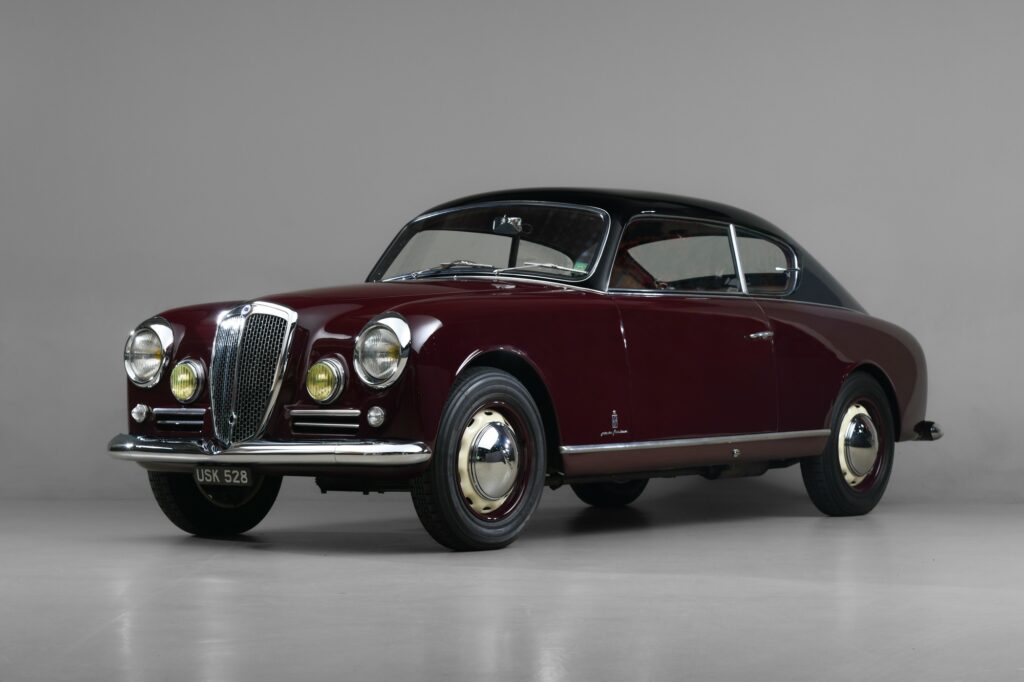
Who actually created the first production radial motorcycle tyres is still up for debate.
Pirelli claims it was first in 1983, when they introduced radial tires for the Honda VF1000 R. However, that tyre was only available for the said motorcycle.
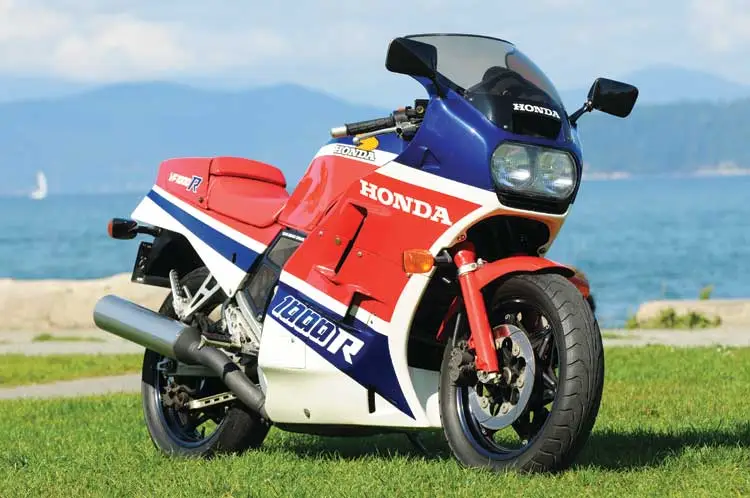
Michelin, on the other hand, was the first to offer (albeit a small range) of radial tires for all brands of motorcycles in 1987 called the A59X and M59X, front and rear, respectively.

But whatever the stakes, it was Michelin who did the most research into radial tyres from the very start. The actual concept of a radial tire does though belong to Michelin, as its engineers came up with the idea for automotive tires in the 1930s.
Michelin claims its program for radial motorcycle tires began in 1981. The majority of the development work was undertaken at the racetrack with three-time World Champion Freddie Spencer running a single radial tire on the rear only of his Honda NSR500 for the 1985 season.

The next stage in radial tire development saw Michelin, in 1990, introduce silica into the rubber tire compound to resolve the early problems of finding the right balance between grip and rolling resistance, without adversely affecting the tyre’s grip. By adding silica, Michelin was also able to improve wet weather performance and its grip. It took another nine years for the Michelin Pilot Sport to become the first production bike road tire to have this feature.
Michelin also took another step to develop the first dual compound tyre, introducing a harder wearing compound at the centre combined with a softer and gripper compound on the shoulders in 1994. It was first used exclusively for racing and the development of the tyre finally bore fruit as the Michelin Power Race in 2005. The tyre was the first ever racing tyre that could be homologated for road use.

The first true all-road dual compound tyre was the Michelin Pilot Road 2 with 2CT (2 compound technology) in 2006.

Conclusion
Tyre technology and development have gone through so many milestones especially in the last 5 decades. The rise of ever more powerful, faster, and heavier motorcycles today can be directly traced to the advancement in radial tyres.
